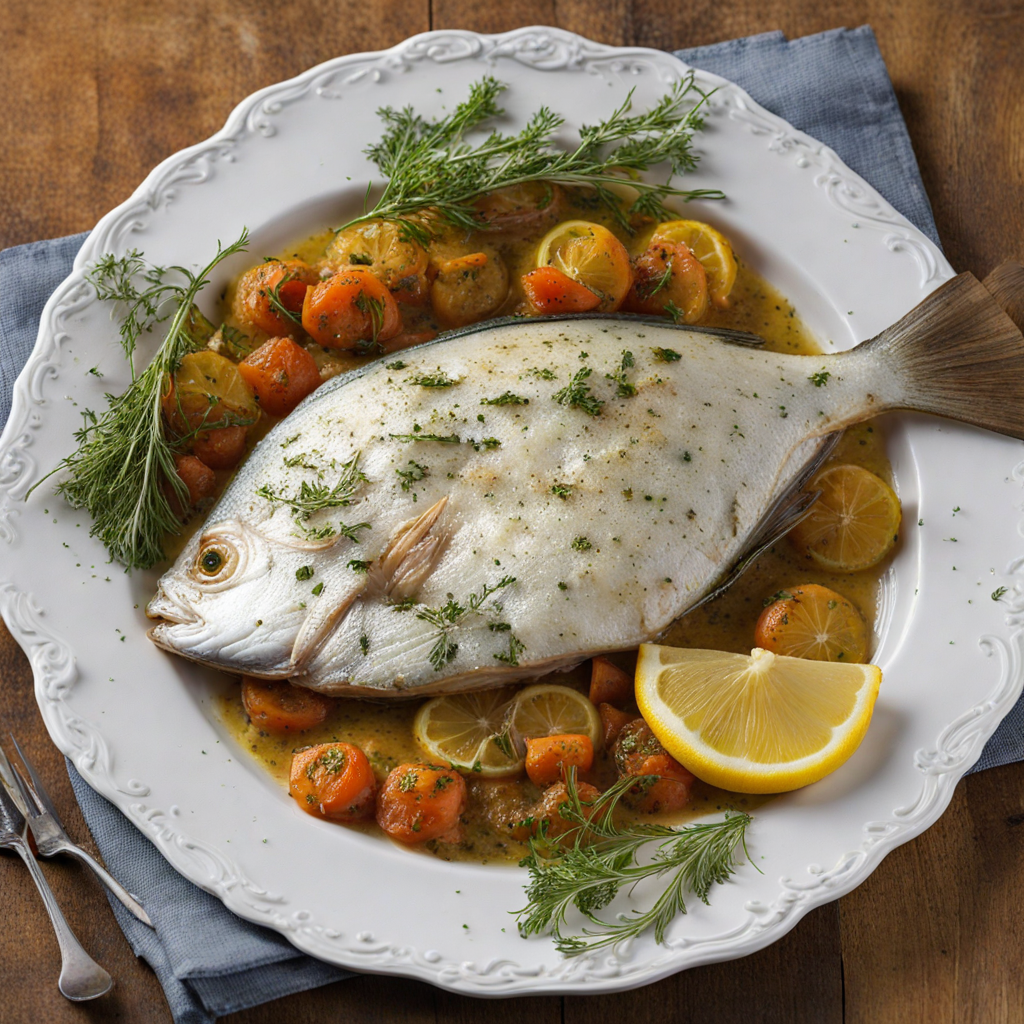Alfajores
Alfajores are a delightful treat that originates from the rich culinary traditions of Chile, characterized by their unique combination of textures and flavors. These sweet cookies typically consist of two soft, crumbly biscuits made from a delicate blend of cornstarch and flour, which gives them a melt-in-your-mouth quality. The biscuits are often lightly flavored with ingredients like vanilla or citrus zest, adding a subtle aromatic note that complements the sweetness of the filling. What truly sets alfajores apart is the luscious filling, most commonly dulce de leche, a thick caramel-like spread made from sweetened condensed milk. The creamy filling is generously sandwiched between the two cookies, resulting in a perfect balance of sweetness and richness. In some variations, alfajores may also feature flavors such as chocolate, fruit jams, or even a hint of coffee, allowing for a delightful surprise with each bite. To finish off this delectable treat, alfajores are often rolled in shredded coconut or dusted with powdered sugar, adding an extra layer of flavor and visual appeal. These cookies are not only a beloved dessert in Chile but also a popular gift or treat for special occasions, making them a wonderful way to experience the country's vibrant culinary culture. With their combination of soft textures and rich fillings, alfajores are sure to entice anyone looking for a new and exciting taste experience.
How It Became This Dish
Alfajores: A Sweet Journey Through Time and Culture in Chile Alfajores are a beloved treat in many Latin American countries, but their roots trace back to the Moorish influence in Spain, where the word "alfajor" is derived from the Arabic "al-hasú," meaning "stuffed." These delightful confections have evolved significantly over the centuries, particularly in Chile, where they hold a special place in the country’s culinary landscape. The history of alfajores is a delicious reflection of cultural exchange, adaptation, and the enduring legacy of tradition. #### Origins The origins of alfajores can be traced back to the Middle Ages during the period of Moorish rule in Spain. The Moors introduced new ingredients like almonds, honey, and spices, which became integral to Spanish cuisine. The earliest versions of alfajores were made with ground almonds and honey, creating a dense, sweet treat that was often enjoyed by the upper classes. As Spain’s influence spread to its colonies in Latin America, so too did the alfajor. In the 16th and 17th centuries, the Spanish colonizers brought the recipe to the Americas, where it was adapted to local ingredients and tastes. Each country began to develop its own version of alfajores, which led to a variety of flavors, textures, and fillings. #### Alfajores in Chile In Chile, alfajores gained popularity in the 19th century, particularly among the upper classes. The traditional Chilean alfajor consists of two soft cookies made from flour, cornstarch, and sometimes ground nuts, which are filled with dulce de leche—a thick, caramel-like confection made from sweetened milk. The cookies are often dusted with powdered sugar or coated in chocolate, making them a visually appealing and indulgent treat. The introduction of dulce de leche as a filling marked a significant evolution in the alfajor’s development in Chile. This adaptation not only enhanced the flavor but also aligned with the Chilean palate, which favors rich, sweet desserts. The use of local ingredients like coconut, fruits, and nuts further diversified the types of alfajores produced in the country. #### Cultural Significance Alfajores are more than just a sweet treat in Chile; they are a symbol of hospitality and celebration. Traditionally, they are served during family gatherings, holidays, and special occasions, embodying the warmth and generosity of Chilean culture. The act of sharing alfajores with friends and family reflects the strong communal ties that characterize Chilean society. In addition to their role in family traditions, alfajores have also become a popular gift item. It is common to present beautifully packaged alfajores during festivities or as tokens of appreciation. The artisanal production of alfajores has grown, with many small businesses sprouting up to create gourmet versions that cater to a more discerning palate. #### Evolution and Modern Trends As with many traditional foods, alfajores have undergone significant changes over time, especially in the last few decades. The globalization of food culture has introduced new flavors and techniques, leading to an exciting evolution in alfajor recipes. Contemporary chocolatiers and bakers in Chile have experimented with various fillings, including fruit preserves, nut pastes, and even savory options, pushing the boundaries of this traditional dessert. In urban centers like Santiago, alfajores have found their way into cafes and bakeries, where they are often paired with coffee or hot chocolate. The rise of food culture and social media has also played a role in popularizing the alfajor, with visually appealing versions becoming a favorite subject for food photography. This trend has encouraged bakers to focus on aesthetics, leading to the creation of beautifully decorated alfajores that appeal to a younger audience. Additionally, health-conscious consumers have prompted a shift towards more wholesome ingredients. Gluten-free and vegan alfajores are now available, allowing a broader audience to enjoy this cherished treat. The use of organic and locally sourced ingredients has also gained traction, aligning with a growing movement towards sustainability in food production. #### Regional Variations While the classic alfajor remains popular, Chilean bakers have embraced regional variations that reflect the diverse culinary landscape of the country. In the north of Chile, alfajores may incorporate ingredients like quinoa or nuts, highlighting the unique agricultural products of the region. In the south, local fruits and berries often find their way into alfajor fillings, showcasing the rich biodiversity of the landscape. Moreover, the cultural heritage of the Mapuche people has influenced the alfajor, with some artisans incorporating traditional flavors and techniques into their recipes. This blending of indigenous and colonial influences exemplifies the dynamic nature of Chilean cuisine and its ability to evolve while honoring its roots. #### Alfajores and Identity In recent years, alfajores have emerged as a symbol of national pride in Chile. They are often featured in cultural festivals, competitions, and culinary events, showcasing the artistry and craftsmanship involved in their production. The celebration of alfajores reflects a broader movement to preserve and promote traditional foods, recognizing their importance in the country’s cultural identity. As Chileans continue to embrace their culinary heritage, alfajores serve as a reminder of the rich history and diverse influences that have shaped the nation’s cuisine. They encapsulate a story of adaptation, resilience, and the ability to bring people together, one sweet bite at a time. #### Conclusion From their Moorish origins to their status as a cherished Chilean treat, alfajores have undergone a remarkable journey through time and culture. They embody the spirit of hospitality, the joy of celebration, and the creativity of culinary innovation. As they continue to evolve, alfajores remain a delicious testament to the rich tapestry of Chilean heritage, inviting both locals and visitors to indulge in their sweet legacy. Whether enjoyed at home, in a café, or as a cherished gift, alfajores will undoubtedly remain a beloved part of Chile’s gastronomic identity for generations to come.
You may like
Discover local flavors from Chile







